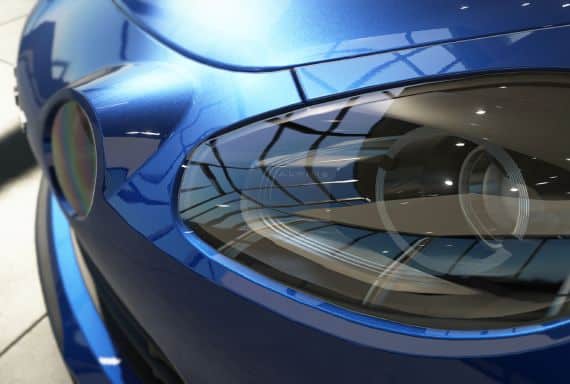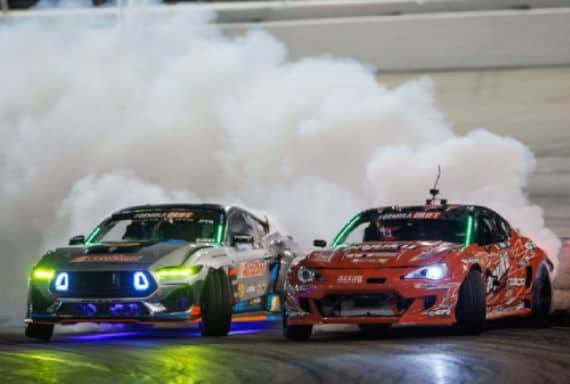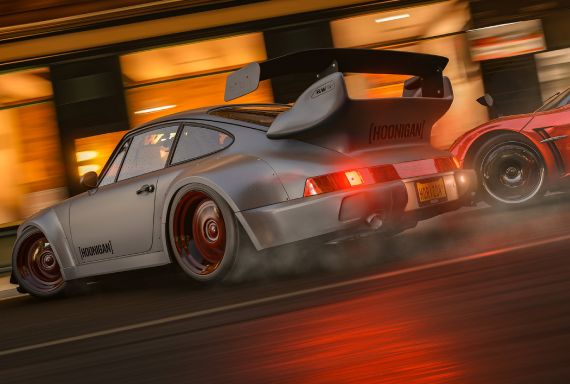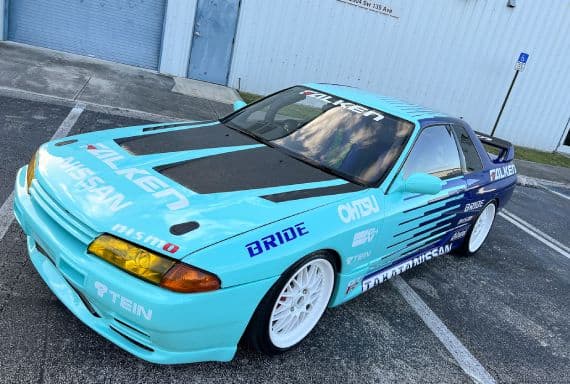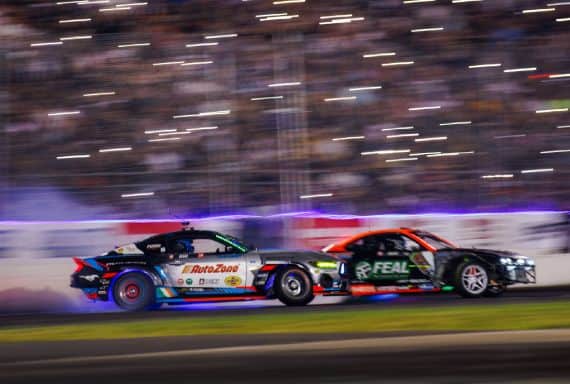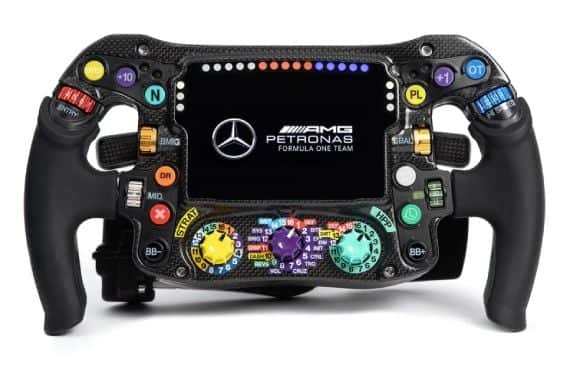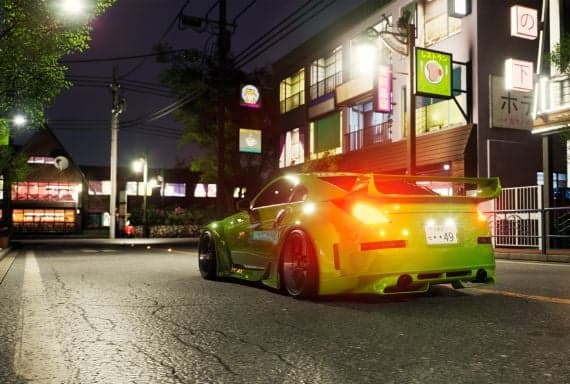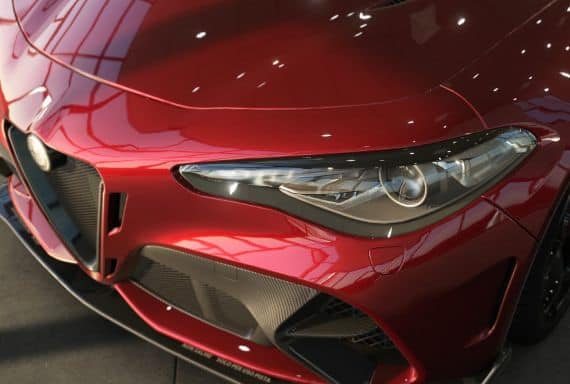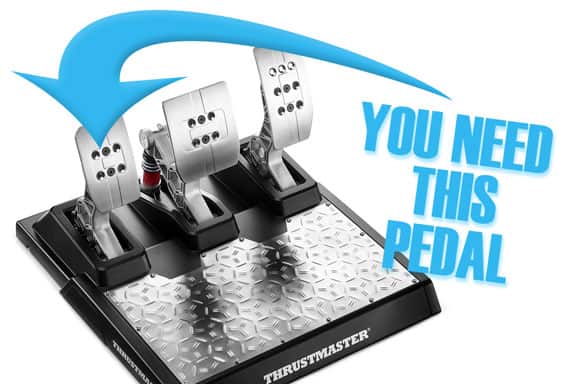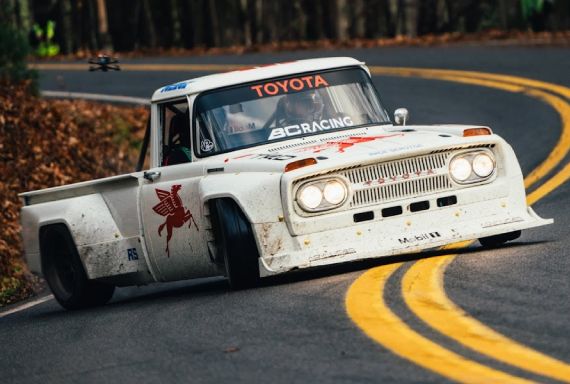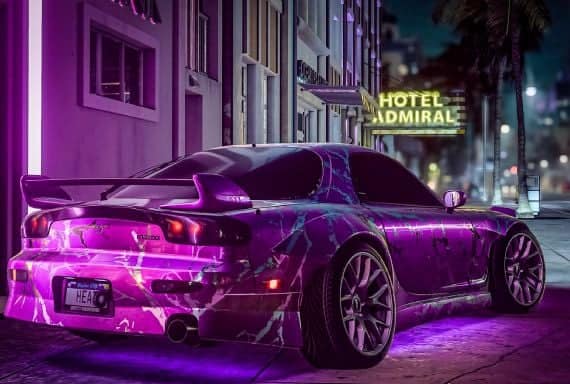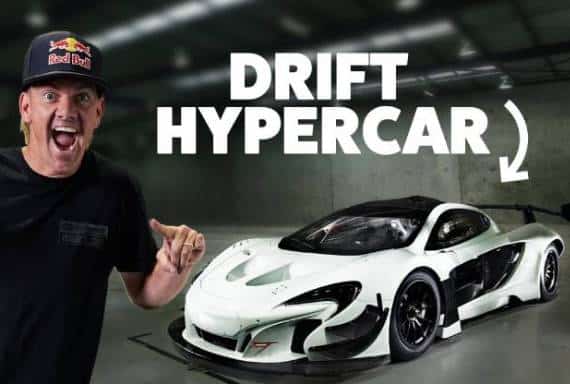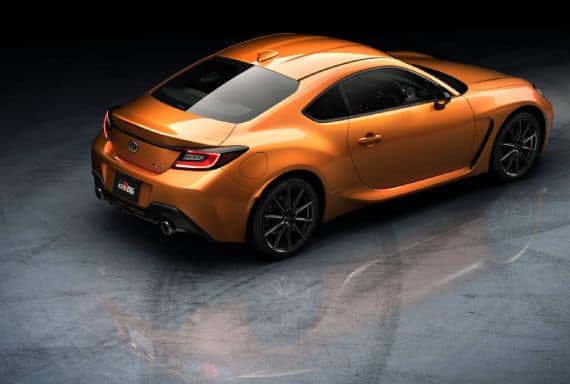Turbocharger Vs Supercharger – What’s Best?
Are you looking for some forced induction goodness, but can’t decide whether to get a Turbocharger or Supercharger? We’ll answer all your questions and help you pick the best one for your needs in our ultimate turbocharger vs supercharger guide.
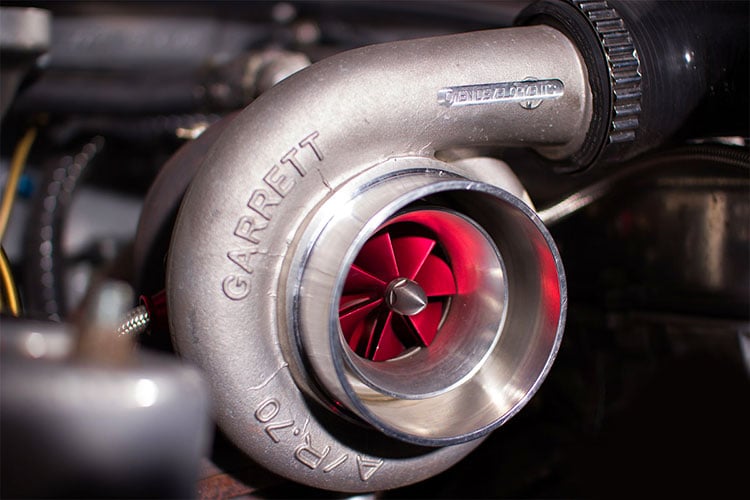
- What is forced induction?
- Why are turbos better than superchargers?
- Why are superchargers better than turbochargers?
- Do turbochargers increase horsepower?
- Can you put a supercharger on any engine?
- Can you have a supercharger and turbocharger on the same car?
- What does the future hold for forced induction?
- Conclusion
- After a specific guide for your car?
So you like turbos huh? How about a turbo on your turbo’s turbo?
As we kick off our guide, we’re going to answer some of the most commonly asked questions when it comes to forced induction. Click on a question to reveal the answer, or scroll down and read through to gain some forced induction knowledge!
Introduction
Turbochargers vs Superchargers – It’s always one of the hottest topics with car owners at meets and the automotive equivalent of the Coke vs Pepsi argument.
It’s time to put the gloves down as we have a rational discussion about forced induction systems to decide which option is best for your needs.
So, you’ve spent thousands of dollars and hours building your pride and joy to get it looking and handling exactly how you wanted, only to then realize that you forgot to squeeze every single horsepower that is lying in wait under the hood.
The required additional mods are bolted on which enable an internal combustion engine to breathe to its full potential such as an intake, and a full exhaust, it sounds fantastic, but when you smash the throttle to the floor, it’s not quite as terrifying as you’d like it to be.
Sound familiar? This is where pure displacement just doesn’t cut it, forced induction is going to become your new best friend. Whether you feel your car has the perfect power delivery and you’d just like to give that curve a kick up the ass, or whether you’d prefer to go nuts and light up the wheels, forced induction will undoubtedly provide the perfect solutions for your needs.
Sure, engine swapping is an option, but it comes with many headaches and a huge amount of time, cost, custom fabrication, and one-off components. There’s no doubt that some engines are better off being swapped, but most modern engines turn into a whole different beast with forced induction added without compromising reliability.
In this article, we’re going to answer some of the most common questions regarding the never-ending turbocharger vs supercharger argument, whilst delivering facts from other sources to provide you with the ultimate turbocharger vs supercharger guide.
On a different note, if you are looking for your first drift car to turbo or supercharge, our best drift cars for beginners guide is here to help.
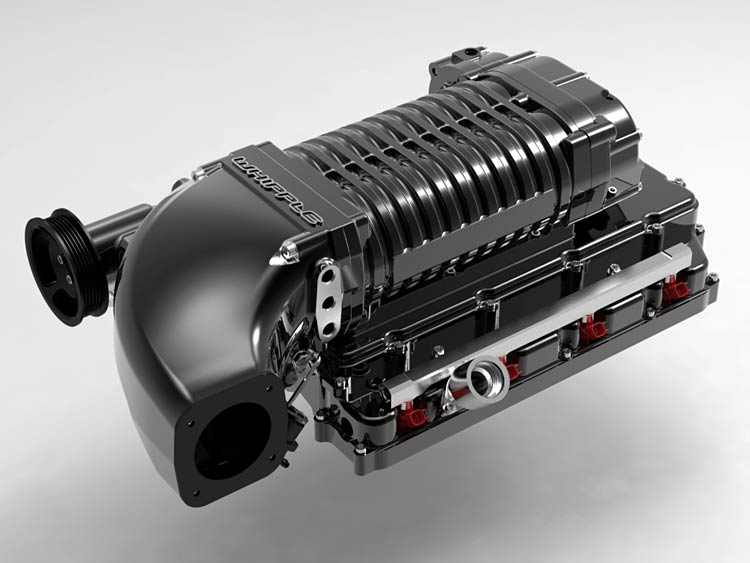
What is forced induction?
It really is what it says on the tin, whether you’re looking at a turbocharger or a supercharger, simply put, both are designed to force as much air into your engine’s cylinders as possible.
The more oxygen your engine is supplied with, the more power you’re capable of achieving. That being said, it does have its limits. You’re not simply going to strap the world’s biggest twin-turbo setup to your Civic and magically achieve 3,000hp. Generating extra power with forced induction is more complex than that!
When outfitting your engine with a forced induction setup, you have to pay attention to internal engine components including, but not limited to the camshaft, piston rings, valve springs, pushrods, and even the engine block itself. Disregard these components for long enough, and you’re engine will eventually go “Kaboom” after a few pulls!
Here’s a great in-depth explanation of how turbochargers and superchargers work:
Why are turbos better than superchargers?
Turbochargers are capable of producing far more power relative to their size and improve the efficiency of the engine. Unlike superchargers, turbos will provide you with an intense power surge once they’re on boost.
Wait, hold up. Who said that turbos ARE better? Don’t worry supercharger fans, we’ve got your back. We’re going to deliver an honest answer here.
With that being said, turbochargers DO have their benefits. Sure, both are capable of producing tonnes of additional power, but for those who want a crazier delivery, turbos are generally the way to go.
A turbocharger is an air compressor that is driven by an exhaust gas turbine. The main difference between the two is that a supercharger requires engine power to run. However, a turbocharger uses the exhaust gases which result from combustion and converts that into additional power, therefore making it more efficient.
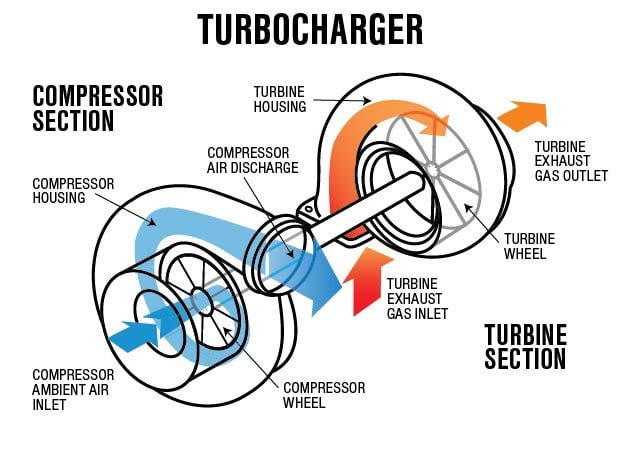
This allows small engines to make big power and provide heaps of torque which a naturally aspirated engine wouldn’t otherwise have.
ProCarMechanics.com explain how turbochargers work more in-depth here:
“A turbocharger uses the exhaust stream for its energy. The exhaust will run through a turbine that will itself spin the compressor. The turbine spinning can be as much 150,000 RPM (Rotations Per Minute). To put that in layman’s terms, the turbocharger is able to have an RPM speed that can be almost 30 times faster than an ordinary automobile engine. It does take a little while for the turbine to produce the boost, and can result in the car lunging forward when the turbocharger kicks into action.”
“The size of the turbocharger can impact power with a smaller one producing more boost faster. A turbocharger is particularly effective at high altitudes where other engines experience difficulty. Because the air is less dense a normal engine gets a smaller amount of air. Turbocharged engines do not suffer a dramatic reduction in power since the turbocharger is more capable of pumping thinner air.”
Another benefit of turbocharging is that it improves engine economy, sometimes up to 20-40%. This is why almost all modern econoboxes come with tiny, turbocharged engines.
Sure, we know that’s not the first thing on the mind of most petrolheads and your new best friend at the gas station is likely to be disappointed. But, you can spend your newfound wealth on tires which you’re undoubtedly going to need AND you get to help save polar bears!
Power and fuel economy aside, turbochargers are typically known for being the quieter of the two. superchargers like to whine, sometimes excessively, whereas turbochargers prefer to ‘whoosh’ and create all sorts of funky noises.
Although turbocharging was mostly associated with JDM culture in the past, you’d be hard-pressed to find a Western car manufacturer that doesn’t produce a turbocharged model nowadays.
Turbocharging is gaining popularity at an insanely fast rate, here’s what buyautoparts.com had to say about what the future holds:
“Even to the surprise of some industry experts, turbochargers are increasing at a dramatically fast rate and are leaving supercharger production in the dust. This is because a turbocharged engine offers a “no compromise” solution for automakers that need to meet increasingly strict fuel economy and emission standards while meeting customer demand for better-performing vehicles.”
“Manufacturers are also combining turbochargers with direct fuel injection technology to allow them to offer smaller gasoline engines, which saves fuel without sacrificing power. The final added benefit that many green consumers love is that turbochargers help reduce harmful exhaust emissions and help improve fuel efficiency. The market for a turbo is expected to grow even faster over the next few years with 43% of new vehicles expected to be turbocharged by 2019.”
Why are superchargers better than turbochargers?
Supercharger owners have the upper hand which no turbo owner can disagree with when it comes to lag, or lack of it for that matter. The bigger the turbo, the bigger the lag, meaning you’ll need to wait for it to spool up before the boost arrives.
On the other hand, superchargers are driven by the crankshaft of the engine, which means that the boost delivery is instant in the lower RPMs and remains consistent throughout the rev range.
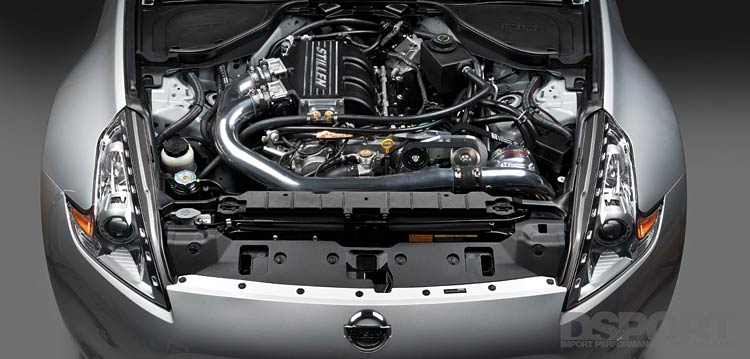
When you compare the cost, it’s typically the supercharger that comes out in front. Not only that, but many owners will argue that the supercharger is the more reliable offering long-term, which typically requires less maintenance, therefore it’s likely to be the cheaper option throughout the duration of your ownership.
redline360 explain in more detail how a supercharger works:
“A supercharger is a unit that bolts to your engine and connects with a belt between your crankshaft and the supercharger unit. As the engine spins, it spins the supercharger and makes the supercharger force air into the engine. The size of the pulley that spins the supercharger determines how much boost you will make. A smaller pulley means the supercharger will spin faster so it will make more boost.”
“The supercharger is limited by its efficiency, so if you overboost the supercharger, it will blow hot air into your engine and you will not make as much power (amongst a myriad of other problems). Since the engine needs to literally spin the supercharger, it is not as efficient as you need to use horsepower to make horsepower.”
They also drop some helpful advice for those of you that have smog/emissions concerns in your states:
“There are far more smog legal supercharger kits than there are smog legal turbo kits. The reason is that the supercharger doesn’t have as much smog altering or modifying equipment such as a turbo usually. While a supercharger can have an intercooler and blow off valve, it does not have a wastegate. These items can make your car or truck not pass smog, and would need to be expensive to be done in an emissions friendly way, which makes them out of the budget for most people.”
One of the reasons that superchargers are so popular is because of their linear power delivery. This is what made them popular among drag racers in the muscle car era.
Where a turbo is likely to throw you back in your seat, light up the rear wheels, and then make you do a 180, the supercharger is much calmer and collected when delivering its boost of power.
For example, superchargers are often more suited to tight situations where spooling times are an issue. For drag racing, you’re much more likely to fancy a turbo to get the most power in a straight line. However, if you wanted to go on a tight and twisty canyon run, chances are that the supercharger is going to be far more suitable for the occasion.
What is a Procharger?
We’ve seen Prochargers grow in popularity in recent years, and many tuning enthusiasts have asked us how they stack up compared to the traditional superchargers.
Although a Procharger is a brand-named centrifugal supercharger, they’re often praised for their advanced efficiency compared to alternative brands.
Utilizing a high-speed impeller, a Procharger sucks in air, which hits the middle of the impeller and gets distributed by an intense centrifugal force.
With this extracted air, a diffuser then produces high air pressure, providing a serious punch of additional power at higher revs.
Due to its efficient design, the Procharger provides one of the most consistent and stable boost outputs on the market.
Many owners have managed to utilize its compact design to squeeze it in at the front of the engine, rather than the typical top-located location.
The front-mounted design not only looks impressive, but also reduces heat, and all of this is provided in a lightweight package.
With all these benefits, it’s easy to see why so many tuning enthusiasts are opting for Pro chargers, with the only slight drawback being that the supercharger-whine produced from these is often louder than some of the other options available.
Check out this video from Engineering Explained, which gives you an in-depth look at Turbochargers vs Superchargers, as they choose Supercharging for the ultimate forced-induction method:
Do turbochargers increase horsepower?
Of course, but how much horsepower you’ll gain will vary on a huge number of factors such as initial engine power and additional modifications.
First up, If you’re looking to turbo your car, you’ll want to ensure that you have a good free-flowing exhaust system. To get the most out of your system, the gases have to escape, and typically the larger diameter exhausts are far more likely to be the better choice for a turbo setup.
Turbos come in a huge range of sizes, from tiny to huge. If you were to strap a huge turbo to a small-engined, unmodified car, not only are you risking a rather tasty explosion, but you’re also going to suffer from some rather disappointing lag before the moment arrives. In addition, the vehicle be enormously difficult to handle, too.
Many cars have off-the-shelf turbo kits for an easy turbo solution, if not, many owners club forums or Facebook pages will be able to guide you in building the ideal off-the-shelf kit to suit your needs.
As well as additional bolt-on mods, you’ll also need to consider having your car tuned to get the most out of your newfound power gains and to ensure it is working efficiently and reliably.
Donut Media explains all there is to know about turbochargers in this video:
Can you put a supercharger on any engine?
Technically, yes. It is indeed possible to put a supercharger on almost any engine. However, unless there’s an available off-the-shelf kit for your car, we’d highly advise against doing so.
You might be thinking that you can get a used supercharger from any old car for cheap, add a couple of supporting mods, strap it to your engine, and then do burnouts around the block impressing your buddies with all your newfound power gains. Unfortunately, it’s not quite as simple as that.
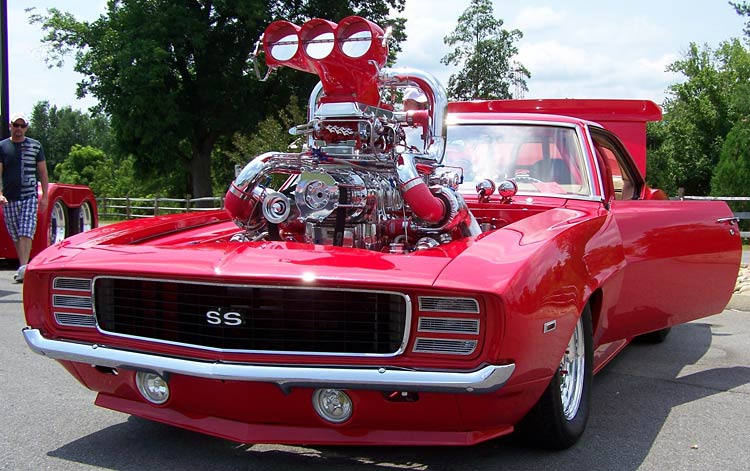
Years of research and development go into the kits which are available off the shelf. They’re tried and tested and then often updated to ensure that the customer is receiving the best end product.
Sure, the price may seem expensive, but you can be assured you’re getting a working product.
We’re not saying it’s impossible to make an entire kit yourself, but for the insane amount of time, money, and trial and error you’re likely to go through, the off-the-shelf parts will most likely end up looking far more tempting than when you decided against them. If you do it, fair play. We’d love to see it!
Can you have a supercharger and turbocharger on the same car?
Sure. It’s called ‘twincharging’ and manufacturers have been successfully using this method since the 1980’s.
One of the most famous early twincharged offerings was from Lancia in their Delta S4 which was released in 1985. They competed with 560hp with a 1,759cc engine. When their engineers pushed it under extreme conditions, it produced 1,000hp at a whopping 5 bar of boost.
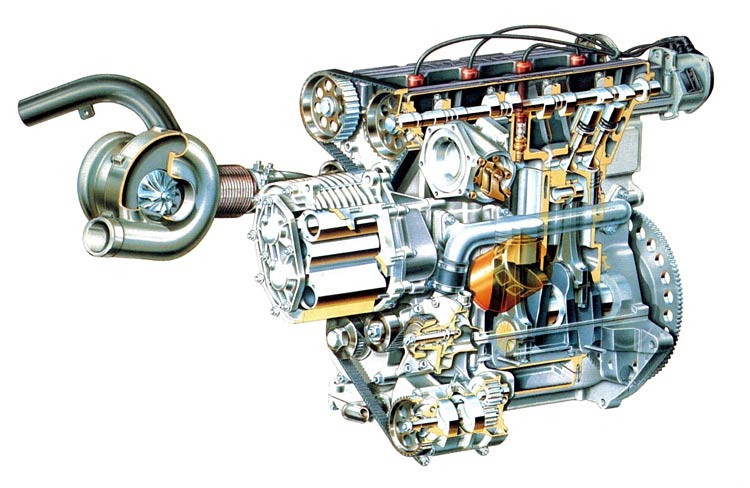
In more recent years, Volvo and VW have both adopted twincharged engines, with VW’s 1.4 TSI pushing out 182HP and being able to provide the torque of a 2.3-liter engine with 20% less fuel consumption.
Jaguar also made an attempt with an 850hp, 738lb ft/lb torque hypercar which was capable of 60mph in 3 seconds. Unfortunately, it was never made into a full production model.
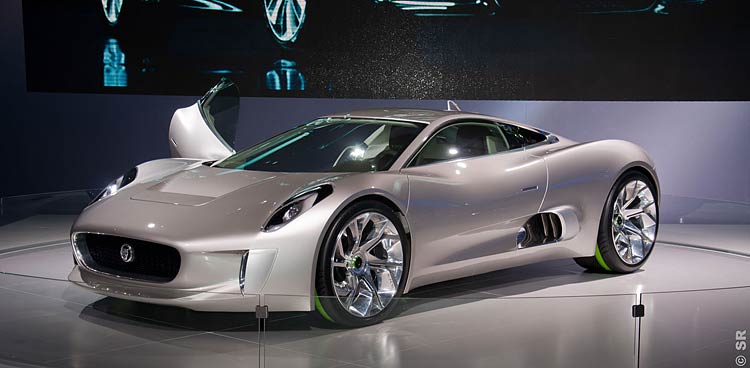
Since then, Zenvo has already tried its attempt with the ST1, with an apparent 1,089 hp and 1,055 ft/lb torque. Unfortunately, it did nothing more than set on fire before later laying down a lap that was slower than a BMW M5 around their track. But, you can’t deny the fact that it looks menacing! You can take this twin-charged beast for a ride of your own in Forza Horizon 5.
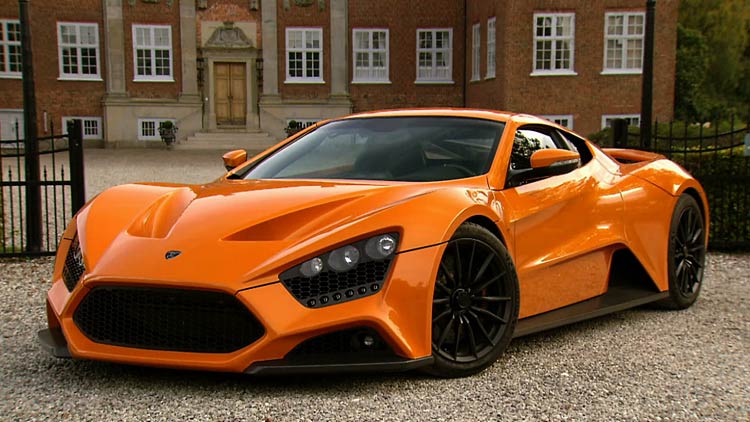
It’s great to see everyday manufacturers such as Volvo and VW use twincharging in their reliable modern-day production cars. There’s no doubt that the potential is there, but we believe there’s still a long way to go until it reaches its full potential.
If you’re interested in twincharging, check out this great video from Engineering Explained about how Volvo’s twincharged production engine works:
What does the future hold for forced induction?
As we mentioned previously, turbos are clearly winning the popular vote within the market as far as the foreseeable future is concerned. Electrically-enhanced turbos are most likely to become increasingly common, where an electric motor spools up the turbo at low RPMs, producing a useful boost until the turbo is capable of spooling itself.
This is already being integrated into Formula 1 with the innovative ERS system and overcomes the biggest issue for the turbo, which is lag.
As for electrically-enhancing supercharging, you’ve probably, (well, hopefully) laughed at the kits on eBay which claim to give you a billion hp gains by strapping a $20 device to your engine, but let’s pretend we’re in an ideal world and they don’t exist for a moment.
Most car batteries and electric systems can’t provide the volume of power quick enough to enhance a supercharger beneficially. This is why electric superchargers would require supercapacitors, which can store energy and then output that energy rapidly when required. These can be recharged via hybrid methods such as regenerative braking.
Mazda currently uses a supercapacitor in their i-eLoop mild hybrid, and although it’s not an electric supercharger, it’s a large capacitor which is currently being sold in cars, which maybe gives some potential to the concept further down the lines.
Volvo has already combined an electric system with twincharging, so the forced induction possibilities for the future are certainly looking exciting!
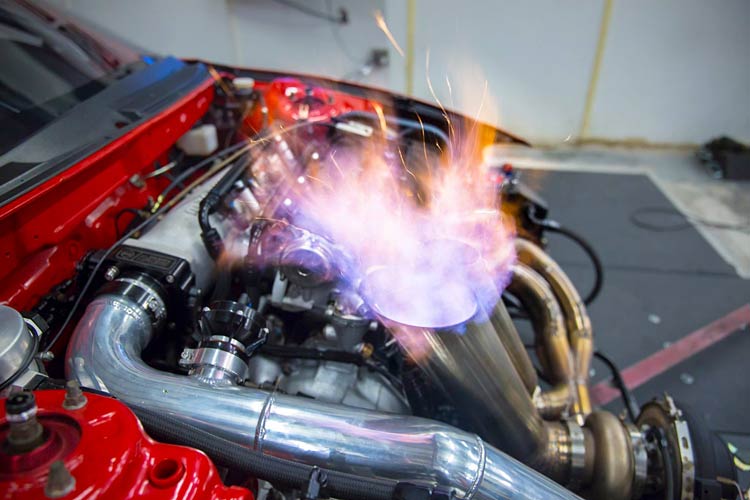
Conclusion
If you’ve made it with us to this point, congratulations! You’ve probably gained a whole load of knowledge as to how these systems work and which one is most likely to benefit you.
As we stated in the beginning, which method of forced induction is ‘best’ purely comes down to your own personal taste. Some people like to head to the track and shave valuable seconds off their lap time, others like to push their turbocharged engine beyond its limits in the hopes of winning the local street race.
Big-engined V8s are far more suited to supercharging since the charger will be consuming some of your engine power. If you’ve got a lower-powered car but looking for some big gains, then turbocharging is most likely the better route for you.
We will list the pros and cons of each to give a quick and easy summary, but our guide is full of useful information so we highly recommend having a read!
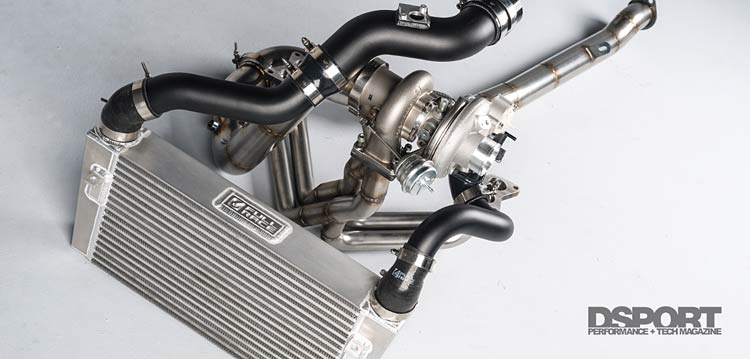
Turbocharger
Here is a quick pros and cons summary of turbochargers:
Pros
- Significant horsepower gains
- Improved fuel economy
- Higher efficiency, doesn’t consume engine power
- More beneficial for smaller engines to produce big power
Cons
- Turbo lag
- Lack of precise boost control due to sudden surges of power
- Cooling issues due to high heat
- Lack of power in the lower RPM range
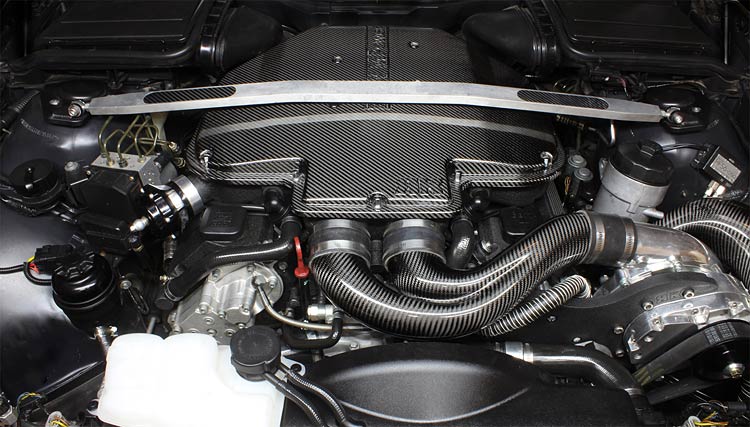
Supercharger
Here is a quick pros and cons summary of superchargers:
Pros
- Instant boost
- Cost-effective gains
- Zero lag with low RPM boost
- Consistent power curve
Cons
- Uses engine power
- Heavy, which can affect weight placement
- Potential high heat
- Less efficiency
Now, for the big question – which option do we prefer?
We completely understand the appeal of superchargers, they’re the easier option that provides a consistent and predictable delivery.
However, we just love the look, sound, and sheer ridiculousness that can be achieved with turbos. We just love the “Whoosh” too much. Nothing quite beats waiting for the turbo to kick in, lighting up the rear tires, and throwing the car down sideways. Just make sure you hold the steering wheel tight and don’t bin it!
On top of that, turbo kits are more readily available on the market than supercharger kits. So, if you own an obscure ride, you’ll have better choices on the turbo side.
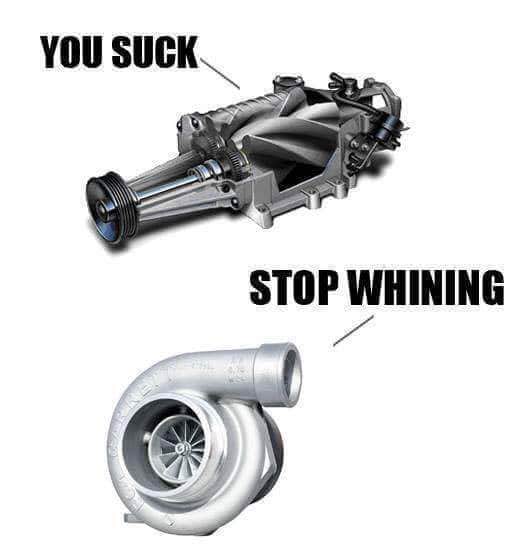
Although the arguments will undoubtedly never end, we hope that our guide has given you a little more firepower to emphasize your side of the argument! Good luck!
After a specific guide for your car?
We’ve done exclusive guides for some of the most sought-after models and we’re planning to do a whole lot more, here’s our current list. If we’ve missed yours, let us know!
Turbo kit guides
- Honda S2000
- Lexus IS300
- Infiniti G37
- Nissan 370Z
- Toyota GT86
- Infiniti G35
- Scion FR-S
- Subaru BRZ
- Nissan 350Z
- Mazda Miata
Supercharger kit guides
- BMW E46 M3
- Honda S2000
- Infiniti G37
- Mazda Miata
- Toyota GT86
- Infiniti G35
- Scion FR-S
- Subaru BRZ
- Nissan 350Z
- Nissan 370Z
Photography credits
Drifted would like to extend thanks to the following sources for use of their images:
- DSTROYR
- Dargon
- DSPORT Magazine
- Noriyaro
- Eagle Ridge GM
- autoevolution
- Wikipedia
- MotorTrend
- RK Autowerks


